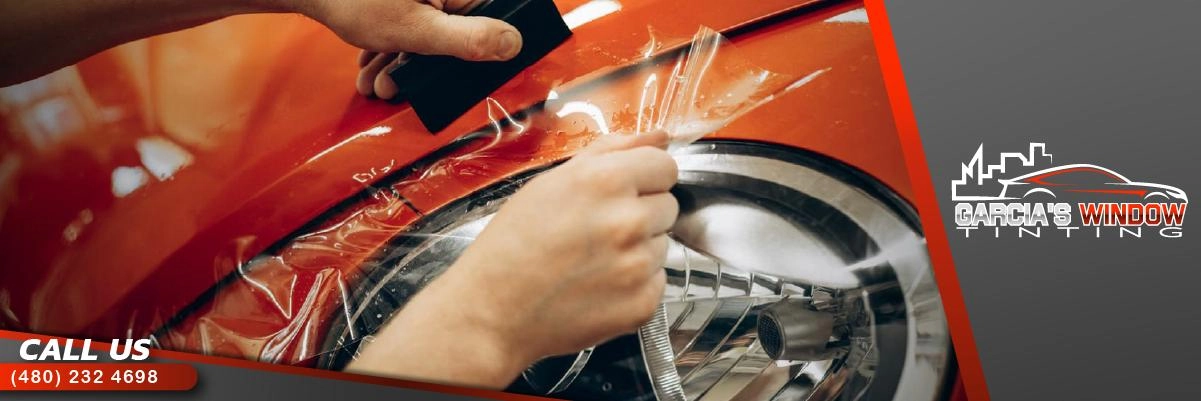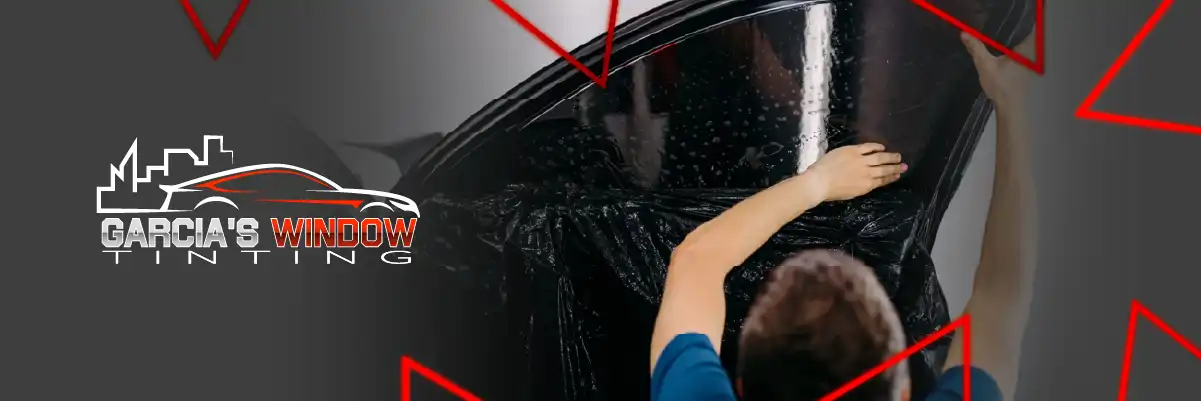In the realm of automotive preservation, one name stands out as a guardian of pristine paintwork: Paint Protection Film (PPF). Often referred to as a “clear bra” or “clear film,” PPF is not just a layer of protection; it’s a shield against the wear and tear of daily driving. Crafted from transparent polyurethane, this innovative film is meticulously applied to a vehicle’s painted surfaces, forming an invisible barrier against scratches, chips, and environmental hazards.
Factors Affecting the Lifespan of PPF
Environmental factors
PPF is designed to withstand various environmental conditions, but prolonged exposure to sunlight, UV radiation, extreme temperatures, and harsh weather can degrade its protective properties over time.
Driving habits
Frequent driving, especially on rough roads or in areas with high levels of debris and contaminants, can accelerate wear and tear on PPF. Additionally, aggressive driving behaviors such as tailgating or off-roading may increase the risk of damage to the film.
Quality of installation
Proper installation by trained professionals is crucial for maximizing the lifespan of PPF. Improper installation, such as poor alignment or inadequate adhesion, can lead to premature failure of the film.
Typical Lifespan of PPF
Under normal conditions, high-quality PPF can last anywhere from five to ten years or more. However, the lifespan of PPF may vary depending on factors such as the brand and type of film, as well as the level of care and maintenance it receives.
Maintenance and Care Tips to Extend PPF Lifespan
Regular cleaning
Wash the vehicle regularly to remove dirt, debris, and contaminants that can accumulate on the surface of the PPF and compromise its protective properties.
Proper washing techniques
Use a mild automotive detergent and a soft sponge or microfiber cloth to wash the vehicle gently. Avoid using abrasive cleaners, scrub brushes, or high-pressure washers that can scratch or damage the PPF.
Avoiding abrasive materials
Be cautious when cleaning or drying the vehicle to avoid using abrasive materials or harsh chemicals that can degrade the PPF. Stick to products that are specifically formulated for use on PPF.
Using protective coatings
Consider applying a compatible ceramic coating or sealant to the PPF to enhance its durability and longevity. These coatings can provide an additional layer of protection against environmental elements and make it easier to clean and maintain the PPF.
Signs of Wear and When to Replace PPF
Yellowing
One common sign of PPF wear is yellowing or discoloration of the film, which can occur over time due to UV exposure and other environmental factors.
Peeling or bubbling
Inspect the PPF regularly for signs of peeling, lifting, or bubbling, especially around the edges or seams. These issues can indicate that the adhesive bond is failing and may require prompt attention or replacement of the film.
Scratches or gouges
Deep scratches or gouges in the PPF can compromise its protective properties and leave the underlying paint vulnerable to damage. If significant damage occurs, it may be necessary to replace the affected sections of PPF to maintain adequate protection.




